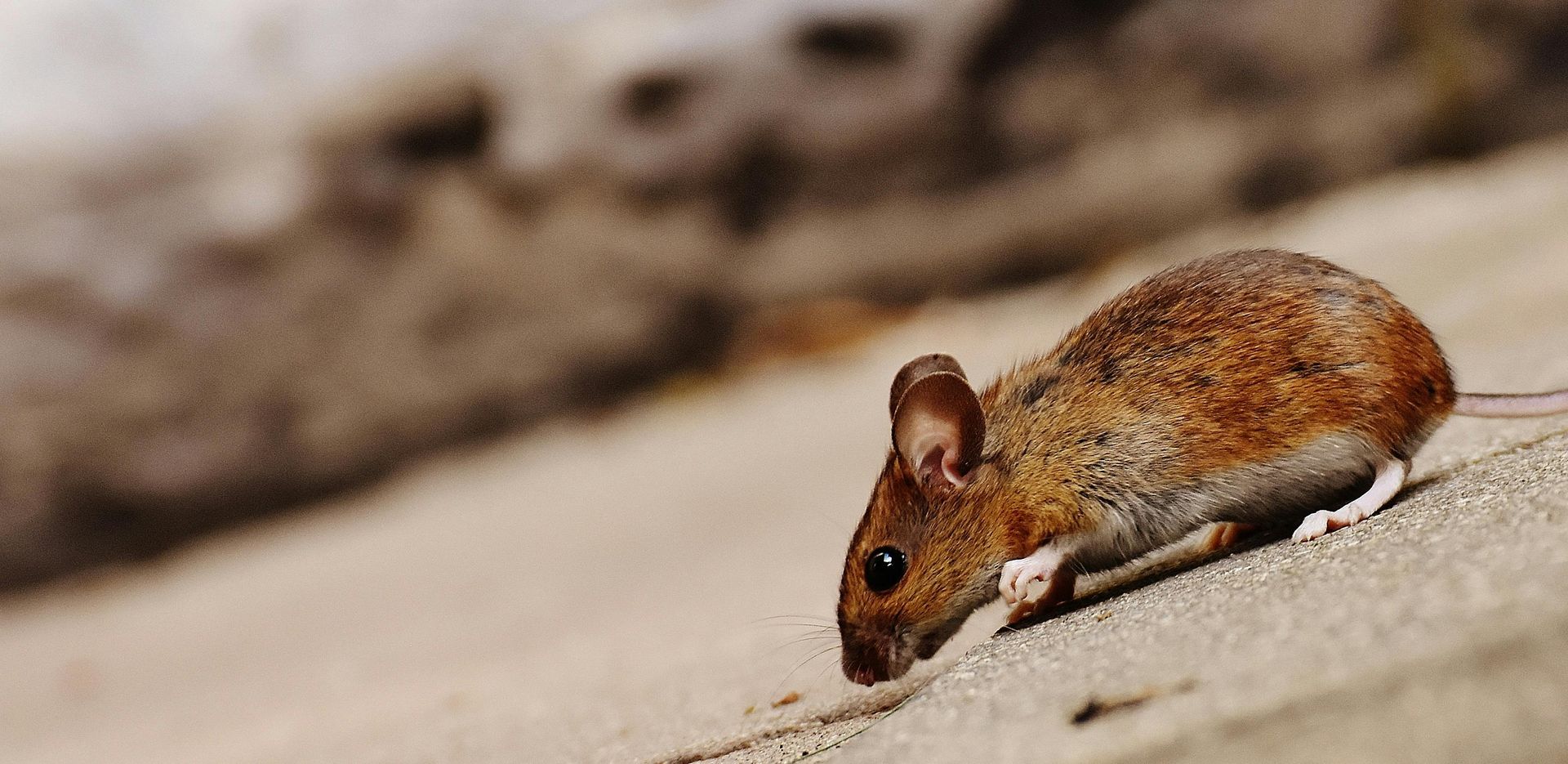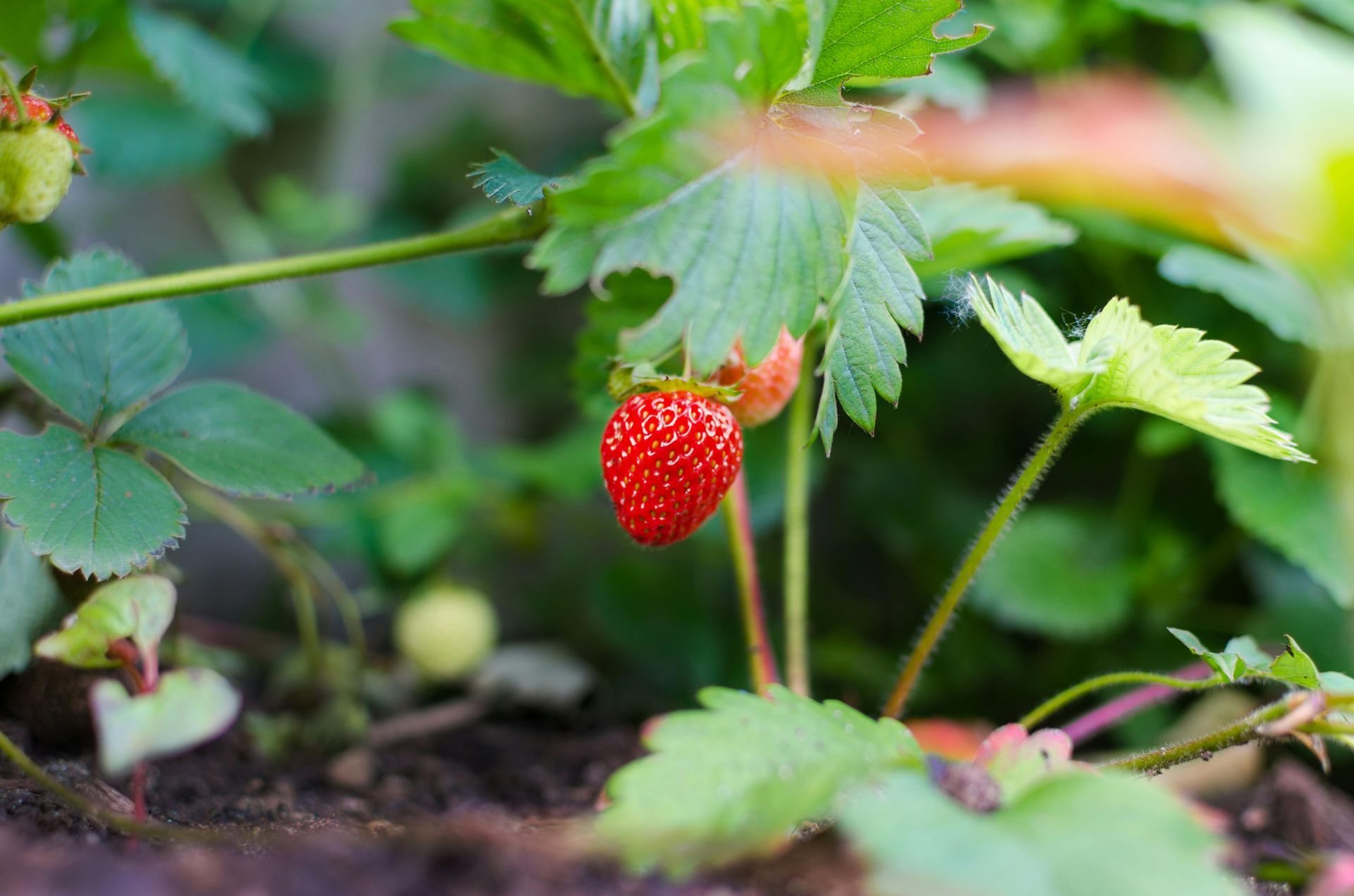Harnessing Data Science for Eco-Friendly Pest Control in Nevada
In Nevada, the blend of desert and wetland ecosystems presents unique challenges in pest control. Traditional methods often involve chemicals that can damage the environment and possibly harm non-target species. However, a new era is dawning in the battle against pests. Advances in data science are paving the way for more sustainable practices that not only protect homes and crops but also conserve the surrounding environment. This narrative explores how these innovative technologies are transforming pest management in Nevada.
The Role of Predictive Analytics in Modern Pest Control
Predictive analytics, a cornerstone of modern data science, involves using historical data to forecast future events. In the context of pest control, this means analyzing patterns from past pest infestations to predict future outbreaks. By incorporating variables such as weather patterns, crop types, and previous pest activity, models can accurately project pest population dynamics. This proactive approach allows for timely interventions, significantly reducing the need for reactive measures that are often harsh and environmentally damaging.
Integrating Geospatial Data for Precision Targeting
Another significant advancement in pest management is the use of geospatial data. This technology utilizes information captured from satellite images and aerial photography to map pest prevalence across varying landscapes. For instance, in Nevada’s diverse habitats, certain areas are more prone to specific pests. High-resolution maps can pinpoint these hotspots, enabling precise targeting of interventions. This not only increases the effectiveness of treatments but also minimizes environmental disruption by limiting the application areas.
IoT Devices and Real-Time Monitoring
The Internet of Things (IoT) has found a valuable place in eco-friendly pest control strategies. IoT devices, such as sensors placed in agricultural fields or near homes, can detect the presence of pests in real time. These devices monitor environmental conditions and pest activity, sending data back to centralized systems for analysis. The immediacy of this information allows for quick decisions on the most appropriate and minimal intervention necessary, thereby preserving the ecological balance.
Machine Learning Algorithms Enhance Predictive Precision
Machine learning algorithms represent a significant leap forward in predictive accuracy. These algorithms can analyze vast datasets—from climate variables to plant phenology—and learn from them to improve predictive models over time. For example, as machine learning models are exposed to more cycles of pest infestations and control measures, they refine their predictions to offer more nuanced insights. This evolution in modeling turns data into a powerful tool that not only forecasts when and where pests might appear but also suggests the most effective and least harmful control methods.
Case Studies in Nevada
In Nevada, specific case studies illustrate the success of these technologies. For instance, the advance warning provided by predictive analytics has allowed vineyards in the Pahrump Valley to preemptively deal with grape pests without resortive to widespread pesticide use. Similarly, IoT sensors have enabled homeowners in the Reno-Sparks metropolitan area to detect early signs of rodent intrusions, leading to timely and targeted actions that avert broader infestations.
The Impact of Data Science on Regulatory Practices and Policies
The implementation of data science in pest control also influences regulatory frameworks. With more precise tools for monitoring and intervention, regulatory bodies can develop more informed guidelines that promote sustainability. Policies can now be tailored to encourage the adoption of technology-driven, environmentally friendly pest control measures, offering incentives for innovations that reduce chemical use and enhance biodiversity conservation.
Challenges and Future Directions
Despite its potential, the integration of data science into pest management faces several challenges. High upfront costs, the need for specialized expertise, and concerns about data privacy are significant hurdles. Moreover, the technological infrastructure required to support these advanced systems is not uniformly available, particularly in rural or economically disadvantaged areas. Addressing these challenges requires concerted efforts from government entities, academic institutions, and industry leaders.
The intersection of data science and pest control in Nevada is forming the backbone of a new paradigm in environmental management. By harnessing cutting-edge technologies, the state not only protects its natural and agricultural resources but also leads by example in the adoption of sustainable practices. As these technologies continue to evolve and become more accessible, the future of pest control looks not only more effective but also significantly more harmonious with the delicate ecosystems of Nevada.
Ready to embrace the future of pest control in Nevada? Natura Pest Control offers innovative, eco-friendly solutions powered by data science to keep your home pest-free. Don't let pests become a problem—act now with proactive strategies tailored to your needs. Contact us today to learn more about our services and how we can help protect your home and the environment.




